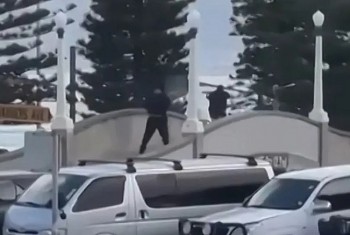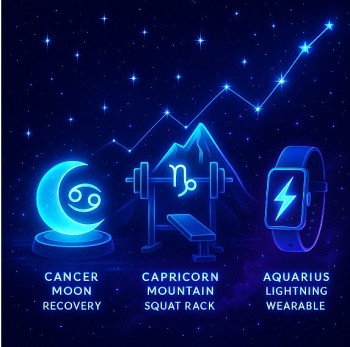What are Meta Glasses and Remote Detonators in New Orleans Terror Attack
Quick Facts• Shamsud-Din Jabbar, the perpetrator of the deadly New Orleans attack on Bourbon Street, utilized Meta smart glasses during a reconnaissance trip in October 2024, where he rode a bicycle through the French Quarter. Footage retrieved from the glasses, released by the FBI, provided insight into his premeditated planning and was published online for public awareness. • The FBI confirmed that Jabbar made another visit to New Orleans on November 10, 2024. However, it remains unclear whether he used the Meta glasses to record footage during this second trip. • On the day of the attack, Jabbar was wearing the same Meta glasses, but FBI Special Agent in Charge Lyonel Myrthil clarified that there is no evidence the video camera was actively recording during the incident. Jabbar was killed in a shootout with police at the scene before he could further escalate his actions. • In a press conference on Sunday, Myrthil shared new findings about Jabbar’s movements and activities leading up to the attack. Surveillance footage showed Jabbar testing the glasses in a mirror and later placing coolers containing improvised explosive devices (IEDs) around Bourbon Street, underscoring the calculated nature of his actions. • Myrthil also disclosed that Jabbar traveled internationally before the attack, including a trip to Cairo, Egypt, in late June 2023 and a brief stop in Ontario, Canada, before returning to the United States. The FBI is actively investigating whether these trips were linked to the planning or execution of the New Orleans attack. |
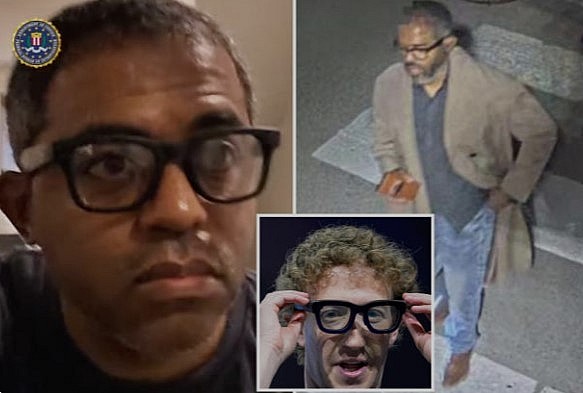 |
| FBI: Meta Glasses and Remote Detonators in New Orleans Terror Attack |
The New Orleans terror attack carried out by Shamsud-Din Jabbar on January 1, 2025, showcased the chilling integration of modern technology into extremist violence.
Jabbar’s use of Meta smart glasses for reconnaissance and his construction of improvised explosive devices (IEDs) with remote detonators added a sophisticated and calculated layer to the tragedy that claimed 14 lives and injured dozens on Bourbon Street. Here, we delve into the details of how these tools were used in the attack, based on FBI findings and publicly available reports.
The FBI makes public a video of Shamsud-Din Jabbar riding a bicycle through the French Quarter while wearing Meta glasses:
Meta Glasses: A High-Tech Reconnaissance Tool
One of the most striking aspects of the investigation is Jabbar’s use of Meta smart glasses, a wearable device with video recording capabilities. The FBI revealed that Jabbar employed these glasses to conduct surveillance during his two pre-attack trips to New Orleans, in October and November 2024. These trips were part of his meticulous preparation, allowing him to scout locations, assess crowd density, and plan where to place his IEDs.
Captured Footage
The footage recovered from the glasses shows Jabbar cycling through the French Quarter, observing popular tourist areas and gathering intelligence. This first-person perspective provided him with a detailed view of potential targets, making his planning disturbingly precise. Videos also showed Jabbar testing the glasses at home, indicating he was familiarizing himself with their functionality.
While Jabbar wore the Meta glasses during the attack itself, the FBI confirmed that they were not actively recording at the time. Nevertheless, their role in his preparation underscores the dangerous potential of consumer technology when exploited for malicious purposes.
IEDs and Remote Detonators
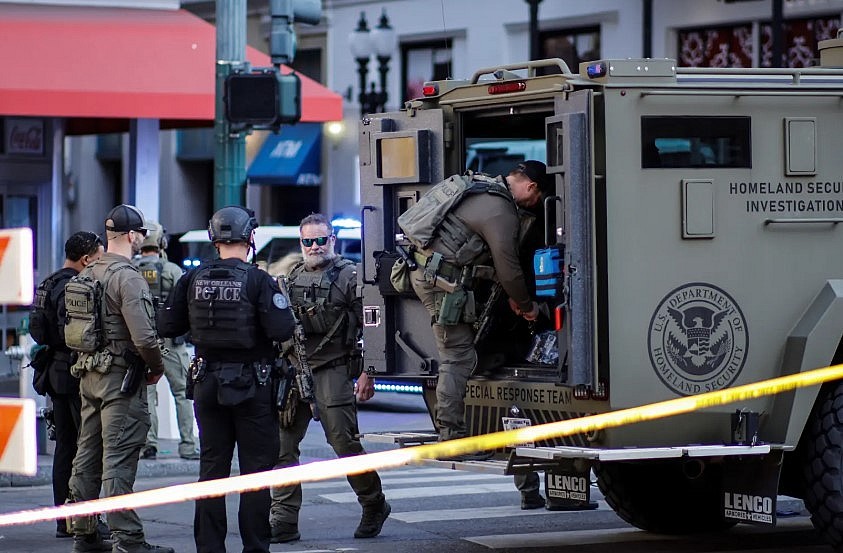 |
| Jabbar tried to set his rental on fire to destroy evidence |
In addition to the truck used in the attack, Jabbar planted multiple IEDs around Bourbon Street, hidden in plastic coolers. These explosives were rigged with makeshift remote detonators constructed from readily available materials, including electric matches, known as “hobby switches.”
Construction and Placement
Investigators found that Jabbar had constructed the bombs using a “very rare explosive compound” that had never been used in prior attacks in the U.S. or Europe. The compound’s exact composition has not been disclosed, but it highlights the sophistication of Jabbar’s bomb-making skills. A workbench in his Houston home contained tools and chemicals consistent with explosive production.
Hours before the attack, surveillance footage captured Jabbar unloading the coolers from his truck and placing them strategically around the French Quarter. The IEDs were designed to be detonated remotely via a transmitter in Jabbar’s truck. Fortunately, police neutralized Jabbar before he could activate the transmitter and cause additional casualties.
Deadly Intentions
Special Agent Joshua Jackson of the FBI stated, “We believe the transmitter would have functioned and could have caused even greater devastation, but for New Orleans PD stopping Jabbar before he could access it.” This swift intervention likely saved countless lives.
Planning and Execution
Jabbar's attack was not spontaneous; it was the result of months of preparation. His reconnaissance trips to New Orleans, documented through Meta glasses, allowed him to meticulously plan the attack. His purchase of supplies, including the coolers used to hide the IEDs, occurred in the days leading up to the incident.
Trip Timeline
• October 30, 2024: Jabbar visited New Orleans for two days, using Meta glasses to scout the French Quarter.
• November 10, 2024: He returned to New Orleans for another reconnaissance mission, though it remains unclear if he recorded footage during this trip.
• December 31, 2024: Surveillance footage shows Jabbar visiting multiple gun stores in Texas to purchase the firearm he used in the attack. He also bought one of the coolers used to conceal an IED.
Jabbar arrived in New Orleans on the afternoon of December 31 and was later seen unloading his truck at his rental home. Hours before the attack, he set fire to the rental property, likely to destroy evidence, before driving to Bourbon Street and ramming his truck into a crowd.
Digital Propaganda and Radicalization
Jabbar’s use of technology extended beyond surveillance and bomb-making. Hours before the attack, he uploaded videos to Facebook in which he pledged allegiance to ISIS and declared his intention to wage a “war” between believers and nonbelievers. In these recordings, he claimed to have joined ISIS before the summer of 2024 and expressed a desire for his actions to gain widespread media coverage.
The FBI has described Jabbar’s attack as “100% inspired by ISIS” but noted that there is no evidence he acted under direct orders from the group. Instead, his radicalization appears to have been fueled by online propaganda and his growing personal grievances.
Concerns About Technology and Security
Jabbar’s use of Meta smart glasses and improvised remote detonators underscores the evolving nature of modern terrorism. Consumer technology, designed for everyday use, can be easily repurposed for malicious intent, posing significant challenges for law enforcement.
Wearable Devices in Terrorism
The Meta glasses used by Jabbar highlight the risks associated with wearable devices that combine convenience with advanced functionality. While such devices have legitimate applications, their potential misuse raises questions about regulation and monitoring.
Improvised Explosives
Jabbar’s ability to construct sophisticated IEDs from readily available materials demonstrates the accessibility of dangerous knowledge in the digital age. This raises concerns about the need for stricter controls on chemicals and materials that can be weaponized.
Ongoing InvestigationThe FBI continues to piece together Jabbar’s movements and activities leading up to the attack. His trips to Egypt, Canada, and Florida in 2023 are being scrutinized for potential connections to extremist networks or training. Investigators are also examining his digital footprint to determine the extent of his engagement with online propaganda. |
Conclusion
The New Orleans terror attack underscores the intersection of modern technology and extremist violence. Shamsud-Din Jabbar’s use of Meta smart glasses for reconnaissance and his construction of IEDs with remote detonators reveal a calculated approach to terrorism that blends innovation with ideology.
As authorities work to understand the full scope of Jabbar’s planning, the case serves as a stark reminder of the dangers posed by radicalized individuals who exploit readily available tools for destructive purposes. It highlights the urgent need for vigilance, technological safeguards, and strategies to combat the spread of extremist propaganda in the digital age.
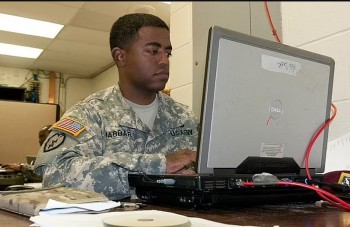 New Orleans Terrorist Shamsud Jabbar: Over 10 Years in U.S Army With Medals New Orleans Terrorist Shamsud Jabbar: Over 10 Years in U.S Army With Medals New Orleans Terrorist Shamsud Jabbar, a US citizen and Army veteran who served in Afghanistan. |
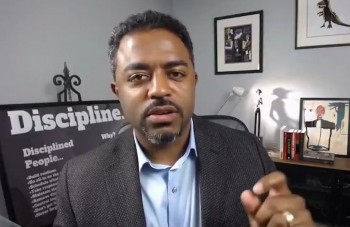 What's Inside the Confessional Videos of New Orleans Terrorist? What's Inside the Confessional Videos of New Orleans Terrorist? The aftermath of the New Orleans terror attack has brought shocking revelations as investigators uncover videos made by the suspect, Shamsud Din Jabbar, in which ... |
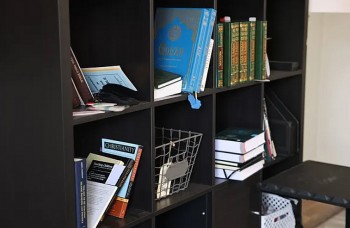 Inside the New Orleans Attacker's Home: Quran, And Bomb-Making Materials Inside the New Orleans Attacker's Home: Quran, And Bomb-Making Materials During their raid on the New Orleans attacker's home, the FBI and Houston SWAT investigators discovered multiple copies of the Quran, a book on Christianity, ... |
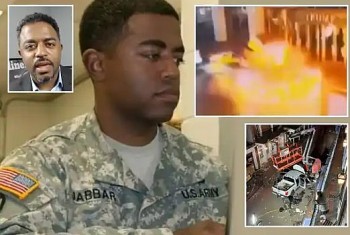 New Orleans Terror Attack: Suspect Shamsud-Din Jabbar's Egypt Visit Scrutinized New Orleans Terror Attack: Suspect Shamsud-Din Jabbar's Egypt Visit Scrutinized Shamsud-Din Jabbar's trip to Egypt is part of the ongoing investigation |
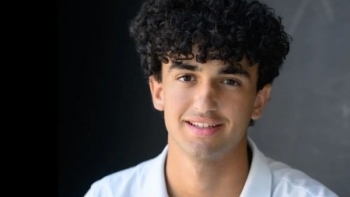 Who was Kareem Badawi?University Student Killed in New Orleans Terror Attack Laid to Rest Who was Kareem Badawi?University Student Killed in New Orleans Terror Attack Laid to Rest Kareem Badawi, an 18-year-old freshman at the University of Alabama, tragically died in a New Orleans terrorist attack. |

















